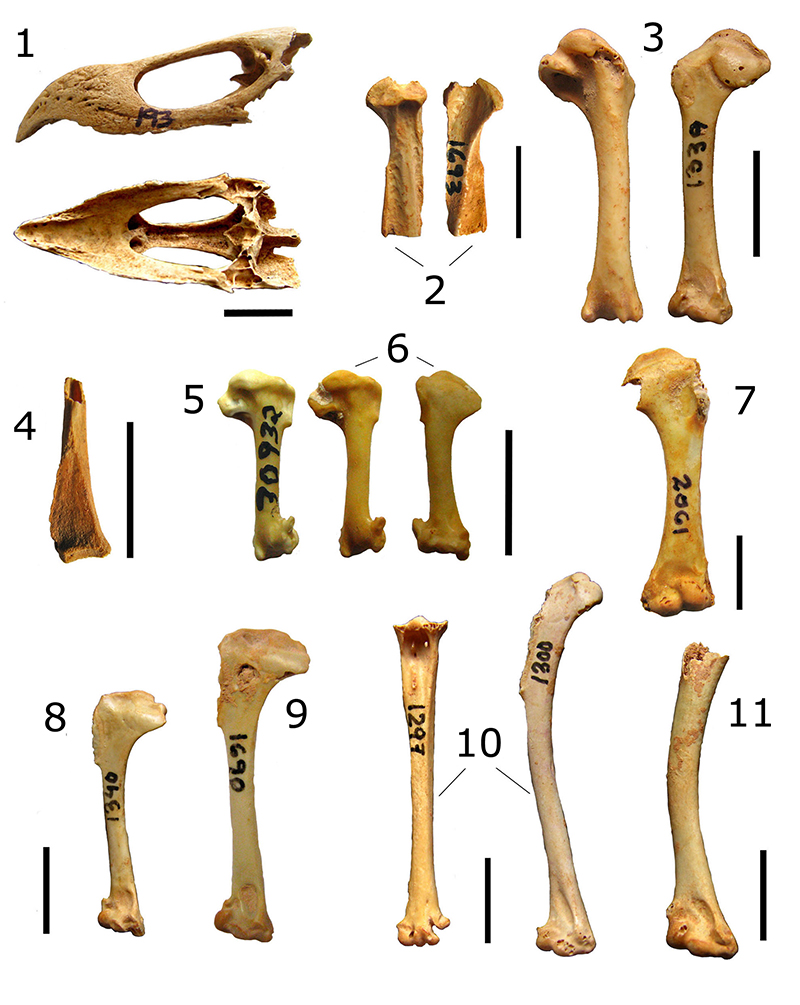FIGURE 1. Location of Loma del Palenque and Cueva de los Nesofontes in northwestern Cuba. 1, Landsat image of the Mayabeque-Matanzas region, indicating the area of the Loma del Palenque (Palenque Hill). 2, Satellite image of Palenque Hill. The asterisks (*) indicate a flat scarp at ~260 m where red-clay soils have formed, are the main source of the allochthonous sediment inside the cave. 3, Map of the Cuban archipelago, indicating the localities mentioned in the text: 1, Cueva El Abrón, GEDA, and Mono Fósil, Pinar del Río; 2, Cueva de Paredones, Artemisa; 3, Cueva del Túnel, Mayabeque; 4, Cuevas Blancas, Mayabeque; 5, Cueva del Gato Jíbaro, Matanzas; 6, Cueva Calero, Matanzas; 7, Breas de San Felipe, and Cuevas de Hato Nuevo, Matanzas; 8, Cueva de los Masones and Jagüey, Trinidad, Las Villas; and 9, Cueva del Indio, Daiquirí, Santiago de Cuba.

FIGURE 2. Cueva de los Nesofontes indicating geological, stratigraphic, and deposition features. 1, a gallery with main doline or sinkhole indicating areas of fauna collection. Smaller A-D letters pertain to the upper deposits/profiles described here. E-F are two test pits conducted on the lower level. G is the source location for the 14C-dated domestic dog mentioned in the text. 2, the upper area where the main test pits described are located: A is the test pit from 1985, B-C was dug between April 1995 and December 2003. The cross-section a-a’ is the approximate source for the stratigraphic profiles illustrated in the following figures. Angles of inclination and heights above the main level are indicated. 3, cross-section (indicated b-b’ on 1). Arrows indicate areas of sediment and raptor-derived pellet deposits and roost.

FIGURE 3. Stratigraphic profile composite, including all test pit excavations from cross-section a-a’ illustrated in Figure 2. 1, indicates a graphic correlation of the stratigraphic units (profiles A-I) and their lenses (e-f). 2, shows the southern wall profile of the excavation of 1985 (A), whereas the A-profile on the extreme lower right, shows the east wall of the same profile. Profiles B-C pertains to the other test pits. Each Roman numeral indicates the arbitrary 10 cm excavation intervals. Depth, dip, and strike are included for the profiles.

FIGURE 4. Lateral profile of test pit D with source radiocarbon dates, oxygen stable isotopes, and NTAXA diversity by intervals. The fauna and multi-proxy analyses described in the text are from this excavation. The red lines indicate the major disconformities/erosional surfaces.

FIGURE 5. Bird fossil and subfossil remains from test pit D. 1, Cathartes aura maxilla in lateral and dorsal view. 2, proximal tibiotarsus of Colaptes cf. fernandinae. 3, the humerus of Psittacara eups. 4, distal coracoid of Progne cf. cryptoleuca or subis. 5, humerus of Tachycineta bicolor (FLMNH-UF 17685); 6, humerus of Tachycineta cf. bicolor. 7, humerus of Geotrygon cf. chrysia. 8, humerus of Sphyrapicus varius. 9, humerus of Melanerpes superciliaris. 10, tarsometatarsus (left) and humerus of Margarobyas lawrencii. 11, humerus of Saurothera merlini. The numbers on specimens are field numbers. Each scale bar represents 10 mm.

FIGURE 6. Nesophontes skulls on dorsal view. 1-3, Nesophontes cf. longirostris; 3 is the holotype (AMNH 17626). 4-5, Nesophontes major. Small lines indicate discrete characters discussed in the text. Note the more elongated rostrum and wider gap between upper premolars in N. longirostris and the crowding in N. major.

FIGURE 7. Nesophontes skulls on ventral view. 1-3, Nesophontes cf. longirostris, 3 is the holotype (AMNH 17626). 4-5, Nesophontes major. Small lines indicate discrete characters discussed in the text.

FIGURE 8. Nesophontes skulls on lateral view. 1-3, Nesophontes cf. longirostris, 3 is the holotype (AMNH 17626). 4-5, Nesophontes major. Small lines indicate discrete characters discussed in the text.

FIGURE 9. Nesophontes left hemimandibles 1-2, Nesophontes cf. longirostris. 3, Nesophontes major (image inverted).

FIGURE 10. Bats. 1, left hemimandible of Artibeus anthonyi (no, 1663, lower Level III). 2, ventral view of Phyllops vetus incomplete skull (no. 37, Level II). Both specimens were radiocarbon-dated (14C). 3, four hemimandibles of Antrozous koopmani (no. 20, 75, 1429, 1430 from Levels II and IV, also 14C dated). These specimens were also dated, helping corroborate the chronology discussed. The scale bar equals 10 mm.

FIGURE 11. Plant, invertebrate, and reptile remains. 1-3, Anolis cf. chamaleolis (no. 606), scale bar 10 mm (Level I). 4, unidentified insect extremity ~1 mm (Level IV). 5, photid fly pupa, scale 10 mm (Level IV). 6, fungus spore (?), scale ~50μm. 7, plant seeds, scale 5 mm (All from level II and III). 8-9, seeds, scale 5 mm. 10, leaf fragment, scale ~50 μm (Level II). 11, plant spores, likely a conifer, Pinus (Level IV), scale ~50μm.

FIGURE 12. Taphonomic evidence. 1-2, SEM microphotographs of Nesophontes sp. tooth marks on small capromyid long bones. Note the well-rounded edges, microfractures radiating from the cortex. 3-4, Stage 3 weathering on an N. major left hemimandible (left) and stage IV on another (right). 5, Microscopic striae and notching associated with insect scavenging on the bone. The main depression is likely a tooth mark made on the bone while still fresh (note the gradual peeling features). 6, An A. jamaicensis adult skull with possible evidence of raptor predation and digestion (corrosion).

FIGURE 13. Rarefaction curve of Cueva de los Nesofontes doline test pit D (Levels I-IV) in relation to other Cuban deposits. A, Cueva GEDA, Pinar del Río; B, Cuevas Blancas, Mayabeque; D, The Desmodus deposit described in Orihuela (2010). G, from Gato Jíbaro archaeological deposit described in Orihuela and Tejedor (2012). See text for discussion.

FIGURE 14. Carbon stable isotopes signals from Nesophontes (filled square) and Artibeus spp. (open and closed circles), analyzed from bone collagen) at shown intervals.

FIGURE 15. Approximation of paleoenvironment conditions through oxygen stable isotopes from Cueva de los Nesofontes test pit D, compared to other circum-Caribbean deposits (modified from Curtis et al., 2001). The grey areas indicate the timeframe of our deposit and its graphical correlation to our data.


